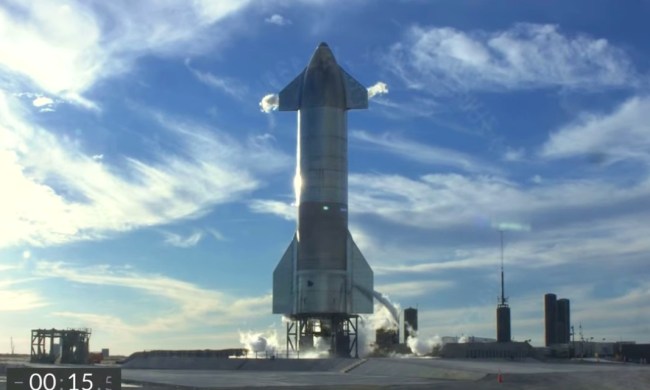
The electronic toll-payment devices are used on all of the bridges and tunnels leading into the city, and have even completely replaced cash tolls in some spots.
Yet city agencies are reportedly using the system far from those locations, and not just to collect tolls.
Transportation officials have been using E-ZPass tags to track the movements of unsuspecting motorists as part of traffic-congestion studies for at least four years.
The New York Civil Liberties Union (NYCLU), which uncovered the surveillance by digging through public records and mapping the locations of E-ZPass readers, says most drivers are unaware that their tags are being read away from toll plazas according to Autoblog.
There’s also no procedure in place for drivers to opt out of the tracking.
Both city and state agencies that use the information say identifying information for individual cars is scrambled. State officials say data is used for “traffic management purposes only,” while the New York City Department of Transportation says it only gathers this information to “improve mobility in the city.”
According to documents obtained by the NYCLU, New York state uses E-ZPass readers as ‘anonymous probes” for its TRANSMIT program, which determines travel times and tracks incidents on state highways.
New York City’s “Midtown in Motion” program uses E-ZPass readers to help engineers detect “traffic choke points,” documents said.
Yet the NYCLU notes that there are no regulations in place saying how traffic information can be used, or how long it can be retained.
“That’s very troubling,” NYCLU staff attorney Mariko Hirose said.
And those E-ZPass readers could be anywhere. Investigators drove around with a device that detects signals on the same frequency used by E-ZPass readers, and got hits for several blocks consistently in Midtown Manhattan – far from any toll booths.
In August 2013, 43 E-ZPass readers generated 250,000 records on completed travel times in New York City each day. By July 2014, there were 149 operational E-ZPass readers in the city.
Electronic systems that track drivers’ movements have inspired fears from civil-rights advocates, who are concerned that police can use them to essentially spy on people, or learn sensitive information, such as whether they attend certain religious or political events.
City law-enforcement officials told the NYCLU that they do not “operate” E-ZPass readers, although it’s unclear if they have access to the harvested information.
Lats month, police officials asked the city to approve a three-year, $442,500 contract with Vigliant Solutions, a license-plate reader company that claims 2.2 billion plate records nationwide.
In documents, state officials said information collected for the TRANSMIT program “was not for any law enforcement purposes.”
The case highlights how technology can turn from convenient time-saver to potential threat to civil liberties, especially when the public isn’t aware of what officials are doing.
“What we really wanted to do was obtain this information and release it to the public,” the NYCLU’s Hirose said, “so they can understand what’s happening and evaluate the situation for themselves.”


